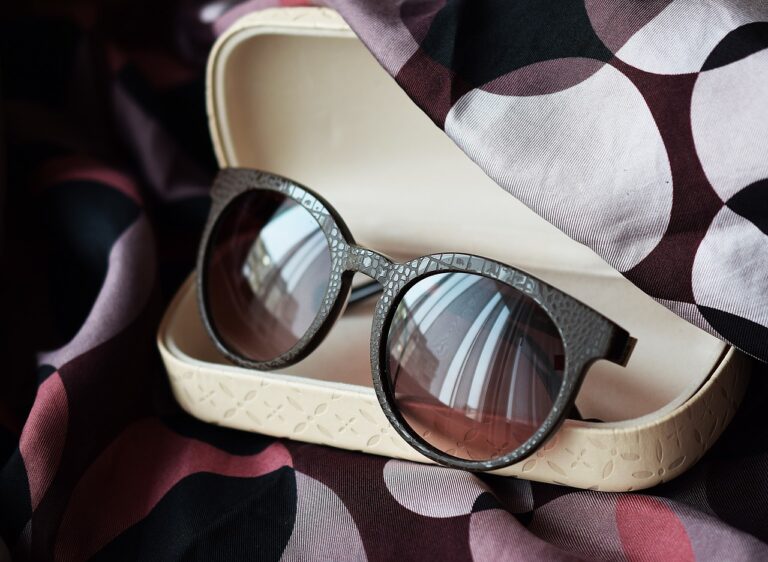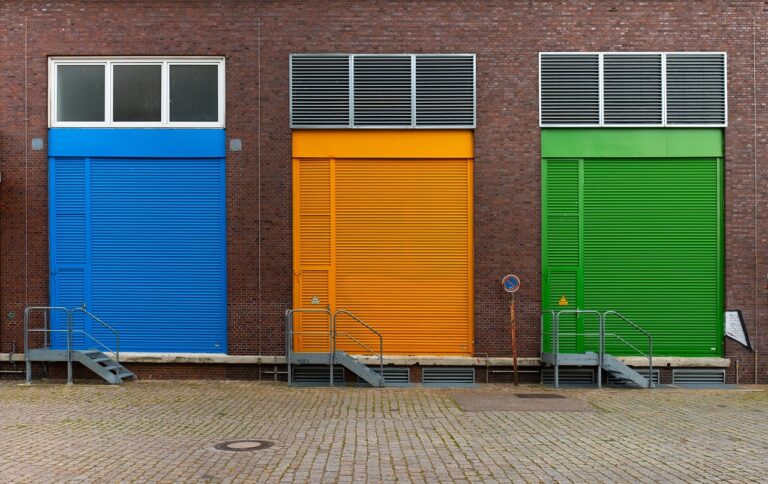The Influence of Architecture on Fashion
cricbet.99, sky1exchange, cricbet99 reddy anna:Architecture has always been a source of inspiration for various creative fields, including fashion. The influence of architectural design on fashion can be seen in the way clothes are constructed, the use of architectural elements in clothing design, and even in the way designers present their collections. In this blog post, we will explore the relationship between architecture and fashion and how it has shaped the world of clothing design.
**Architectural Influence on Fashion Design**
When we think about architecture, we often picture grand buildings, unique structures, and innovative designs. These elements have a significant impact on fashion design as well. Just as architects carefully plan and construct buildings, fashion designers meticulously create garments that not only look beautiful but also serve a purpose. The attention to detail, precision, and structure in architecture can be seen in the construction of a well-tailored garment.
**Architectural Elements in Clothing Design**
Architectural elements such as lines, shapes, and forms are often incorporated into clothing design to create visually stunning pieces. You can see the influence of architecture in the clean lines of minimalist clothing, the geometric shapes of avant-garde designs, and the sculptural forms of high fashion pieces. Designers often draw inspiration from buildings, bridges, and other architectural marvels to create unique and innovative clothing designs that push the boundaries of fashion.
**Fashion Shows as Architectural Displays**
Fashion shows are not just about showcasing clothing collections; they are elaborate presentations that often incorporate elements of architecture. From runway setups that resemble buildings to avant-garde presentations in unconventional spaces, fashion designers often use architecture as a backdrop to their creations. The merging of fashion and architecture in these shows creates a visually stunning experience for the audience and highlights the relationship between the two creative fields.
**Innovative Materials and Techniques**
Just as architects experiment with new materials and construction techniques to push the boundaries of design, fashion designers also explore innovative materials and techniques in their work. From 3D printing to sustainable fabrics, the world of fashion is constantly evolving thanks to advancements in technology and a willingness to think outside the box. These new materials and techniques allow designers to create garments that are not only visually striking but also environmentally friendly and sustainable.
**Architectural Fashion Trends**
Architectural influences can be seen in various fashion trends throughout history. From the structured silhouettes of the 1950s to the deconstructed designs of the 1990s, architecture has played a significant role in shaping the way we dress. Today, you can see architectural influences in the oversized shoulders of power suits, the geometric patterns of avant-garde streetwear, and the sleek lines of minimalist fashion. The blending of architecture and fashion continues to inspire designers to create innovative and cutting-edge designs that push the boundaries of traditional clothing.
**Cross-Disciplinary Collaboration**
The relationship between architecture and fashion has led to cross-disciplinary collaborations between designers, architects, and artists. These collaborations often result in unique and groundbreaking projects that bridge the gap between the two creative fields. From architectural installations at fashion events to fashion shoots in iconic buildings, these collaborations showcase the symbiotic relationship between architecture and fashion and inspire new ideas and innovations in both industries.
**The Future of Architectural Influence on Fashion**
As technology continues to advance and creative boundaries are pushed, the relationship between architecture and fashion will only grow stronger. Designers will continue to draw inspiration from architectural elements to create groundbreaking designs that challenge conventions and redefine the way we think about clothing. The fusion of architecture and fashion will lead to a new era of innovative and sustainable clothing design that pushes the boundaries of creativity and craftsmanship.
**FAQs**
Q: How has architecture influenced fashion throughout history?
A: Architecture has influenced fashion in various ways throughout history, from the structured silhouettes of the 1950s to the avant-garde designs of today. Designers often draw inspiration from architectural elements to create visually stunning and innovative clothing designs.
Q: What are some examples of architectural influences in fashion?
A: Some examples of architectural influences in fashion include the clean lines of minimalist clothing, the geometric shapes of avant-garde designs, and the sculptural forms of high fashion pieces. Designers often incorporate architectural elements such as lines, shapes, and forms into their clothing designs to create visually striking pieces.
Q: How do fashion shows incorporate elements of architecture?
A: Fashion shows often incorporate elements of architecture through elaborate runway setups, avant-garde presentations in unconventional spaces, and creative collaborations between designers and architects. These shows highlight the relationship between fashion and architecture and create a visually stunning experience for the audience.
Q: What is the future of architectural influence on fashion?
A: As technology advances and creative boundaries are pushed, the relationship between architecture and fashion will continue to evolve. Designers will likely continue to draw inspiration from architectural elements to create groundbreaking designs that push the boundaries of traditional clothing and redefine the way we think about fashion.







